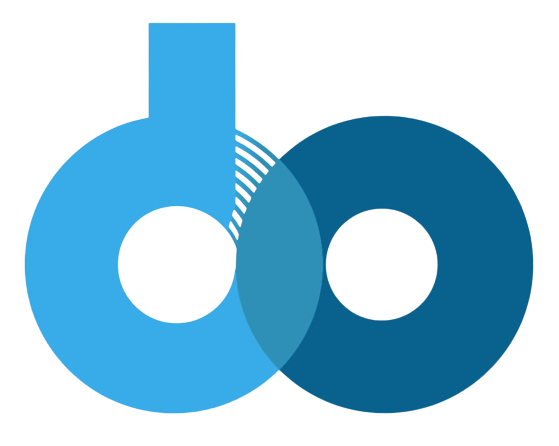Today the need for scalability has become a defining factor in determining the efficiency of a blockchain network. Scalable blockchains, designed to handle a high volume of transactions without compromising speed, are engaged in a fierce competition with their non-scalable counterparts. Let’s explore the pivotal role of scalability in tackling transaction speed.
Scalable blockchains, as the name suggests, possess the ability to scale horizontally, accommodating an increasing number of transactions as the network grows. This scalability is achieved through innovative consensus algorithms, sharding techniques, and off-chain solutions. The result? Lightning-fast transaction speeds that are crucial for widespread adoption and usability.
On the flip side, non-scalable blockchains often struggle to keep pace with the surging demand for transaction processing. Limited by their architecture, these networks face congestion and slower confirmation times, hindering their ability to serve as efficient decentralized platforms for various applications.
The race for scalability is not merely a technological contest; it’s a pursuit of usability and mass adoption. Scalable blockchains, armed with solutions like sharding and layer-two scaling, aim to provide users with a seamless experience, making blockchain technology a viable option for mainstream applications, from finance to gaming.
As the demand for decentralized applications rises, the battle between scalable and non-scalable blockchains intensifies. In the end, it’s not just about processing transactions; it’s about delivering a user-friendly, efficient, and scalable blockchain solution that can revolutionize industries. The future of blockchain hinges on scalability – the engine that propels this transformative technology into the mainstream, one lightning-fast transaction at a time.
